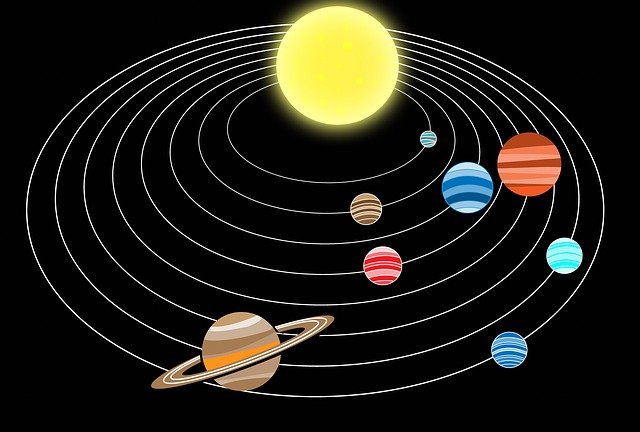Why "Phosphine Gas" In Cloud Decks Of "Venus" Proves Existence Of Life ?
On September 14 this year, scientists unveiled a startling discovery. They have discovered evidence of the presence of the phosphine gas on the planet Venus in our solar system. So it is believed that there must be life somewhere on planet Venus. Today we will try to find answers to questions related to this topic. How did astronomers find out, what is Phosphine Gas, and why was it found that life was found on the planet. In fact, on September 14, 2020, e a team led by professor Jane Greaves from Cardiff University revealed the shocking effect that they had gathered evidence of phosphine gas in the dense cloud of Venus. With this Venus remains in considerable discussion. They suggest that life is a present and floating in the clouds of sulphuric acid on Venus.
This is confirmed by
the presence of phosphine gas because this gas is also found on earth. This is released by micro-organisms. In fact, these gases are released by
micro-organisms that live in low oxygen environment. This means that even in
the dense cloud of Venus, there are microorganisms. But it is very surprising to find this gas on
a planet like Venus. As we know Venus is the hottest planet in our solar
system. The temperature on it is always
464 degree Celsius. In addition, its
atmosphere is made up of up to 95% carbon dioxide. This makes Venus like a hot
furnace. We still know very little about its surface. This indicates a very big
opportunity that life is possible on a planet other than earth. No matter what the atmosphere of that planet.
Professor Jane Greaves says she and her team of astronomers
were trying to see the Surface of Venus with the help of James Clerk Maxwell telescope. But suddenly they saw a sign
of phosphine gas on it. Looking at the
colour spectrum of the light coming from it, these are the atomic signature of
this gas, that too from its dense cloud.
So the question is, have astronomers really found solid evidence of life
on Venus. Let’s try understanding this
in more depth. This gas is a completely
colourless and highly flammable gas. This
gas is released by microscopic bacteria that live in an environment of without
oxygen or with very little oxygen. These
bacteria are found in places like mud. So
even on Venus, the discovery of this gas from its density sulphuric acid
substitutes is probably proving that micro bacteria are floating in its
cloud.
Doctor William Bains has done extensive research on phosphine gas, proving that it can only be produced by microorganisms. In addition, it can be artificially e created in the lab. This leads to the conclusion that life exist on a planet Venus. But some scientists are not convinced. Scientists say they will EMIT this gas as a waste product. This gas is also called hydrogenphosphite. Its chemical symbol is a ph3. it was detected at an altitude of about 50 kilometres above the surface of Venus. Scientists say that this gas is only 10% of the earth. In the future we will send a lot of space mission on it. This will definitely prove The Secret.
But it’s very difficult for an organism to survive in such a
harsh environment. The amount of Sulphuric acid is also quite high. Rain on it is
also acidic. That makes life a little harder. Despite all this, life seems
impossible. A scientist says life on it
will be adapted to live in a very harsh environment. Which will be e completely
Different from the Earth. The planet does not even have its own magnetic field.
This can block dangerous solar winds from the Sun. There is no sign of water. Scientists say it may have had water on it
before.
But because of heat, it all evaporated. So life is floating at an altitude of 50 kilometres
above the surface where heat and pressure may be very low. There is no oxygen at all on the Venus. Probably whatever hydrogen was left on it was
blown away by solar winds due to lack of magnetic field. The strangest thing about this planet is that
is doesn't even fall into the habitable zone. Space Agencies will be sending
missions on it in the near future so that we can learn a lot about it.
Soviet Union has
sent several missions to Venus. Out of
which 10 spacecraft have also landed on its surface. a total of
13 missions was sent between 1961 and 1984. But these spacecraft could not stand the hot
and harsh environment of this planet. As
a result, they soon stopped working. They
could only work for a maximum of 2 hours.
They sent us some picture of its surface during this time.
The discovery of a phosphine gas still does not prove the
existence of any microorganism alien life because scientists have only figured out
the possibility which will still remain just a Theory. Unless a microorganism is a physically
discovered. There are always chemical
activities on the Venus. So the discovery of a phosphine gas may be the result
of a chemical activity. Except for a
bacterial cause. But now it has become a
topic of much discussion




Comments
Post a Comment
Please do not enter any spam link in the comment box.